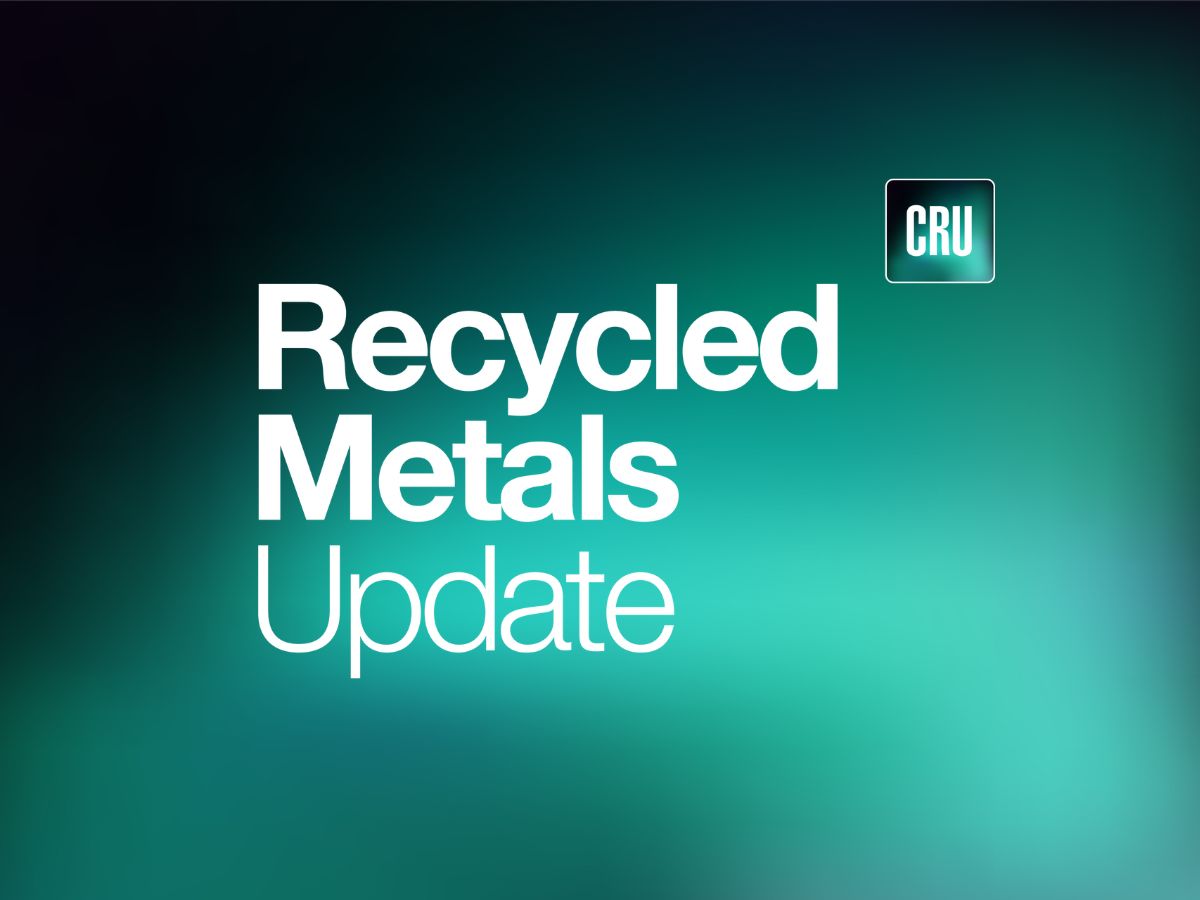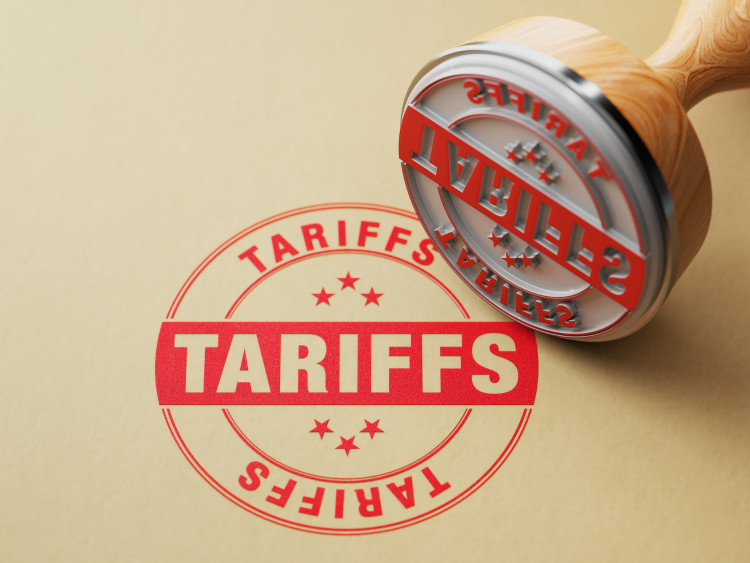Market

September 10, 2024
Key market trends and their impact on the future of recycled metals
Written by Gabriella Vagnini
The aluminum scrap market is currently navigating a period of volatility, reflected in the stabilization of the LME 3month price following the recent U.S. jobs report. The broader economic uncertainty is influencing demand, particularly in sectors like construction and manufacturing.
While the Federal Reserve may cut rates in response to weaker job growth, the impact on immediate aluminum scrap demand may be muted due to uncertain economic conditions. However, if rate cuts stimulate industrial activity, we could see scrap demand and pricing improve by the end of Q4.
In terms of demand, the slight uptick in U.S. aluminum mill product orders, especially in the non-heat treatable and can stock segments, is a positive signal.
Still, the recovery is uneven, with products like heat treatable sheets and extrusions still facing contraction. Globally, joint ventures like Kobe-Baowu and sustainability efforts by companies like Aluar may also shape demand, but any significant price recovery in Q4 will likely be gradual and limited.
Looking at the recycled metals market as a whole, several key developments stand out from this week’s topics.
ADI’s entry into the UBC sector
Aluminum Dynamics is making swift moves, with potential operations coming online this fall. That could reshape aluminum supply. If they hit their Q1 2025 targets, the market could shift substantially. However, if delays occur, we could see supply tightness and pricing volatility, particularly in automotive applications.
Construction growth driving scrap demand
Non-residential construction growth is a positive for scrap, especially steel and aluminum. With more projects in the pipeline and possible rate cuts easing borrowing, demand could spike in 2024. Positioning ourselves to supply these materials could be a major opportunity in the coming year.
New capacity expansion by Tri-Arrows and Tennessee Aluminum Processors is one to watch closely. Increased capacity will drive more demand for scrap, but also heighten competition. Staying competitive on pricing and services will be crucial to securing our market share.
Ferrous scrap exports plateauing
Ferrous scrap markets are mixed, with slight price movement in Turkey but stagnation on the West Coast due to an influx of Chinese steel. With little movement expected in the near term, we’ll need to be strategic with export deals to avoid getting stuck in a flat market.
Election concerns
As these dynamics unfold, the upcoming elections will also have a significant influence on the recycled metals market. If new leadership prioritizes stricter environmental regulations or incentives for sustainable practices, we could see increased demand for recycled metals as manufacturers adapt.
Trade policy adjustments, particularly around tariffs or global market access, could also impact supply and pricing. Additionally, government-driven infrastructure investment could create long-term opportunities for aluminum and steel.
This combination of market factors, election outcomes, and economic policies present both ongoing challenges and opportunities. We need to stay ahead of these developments and be prepared to pivot based on how they unfold.





